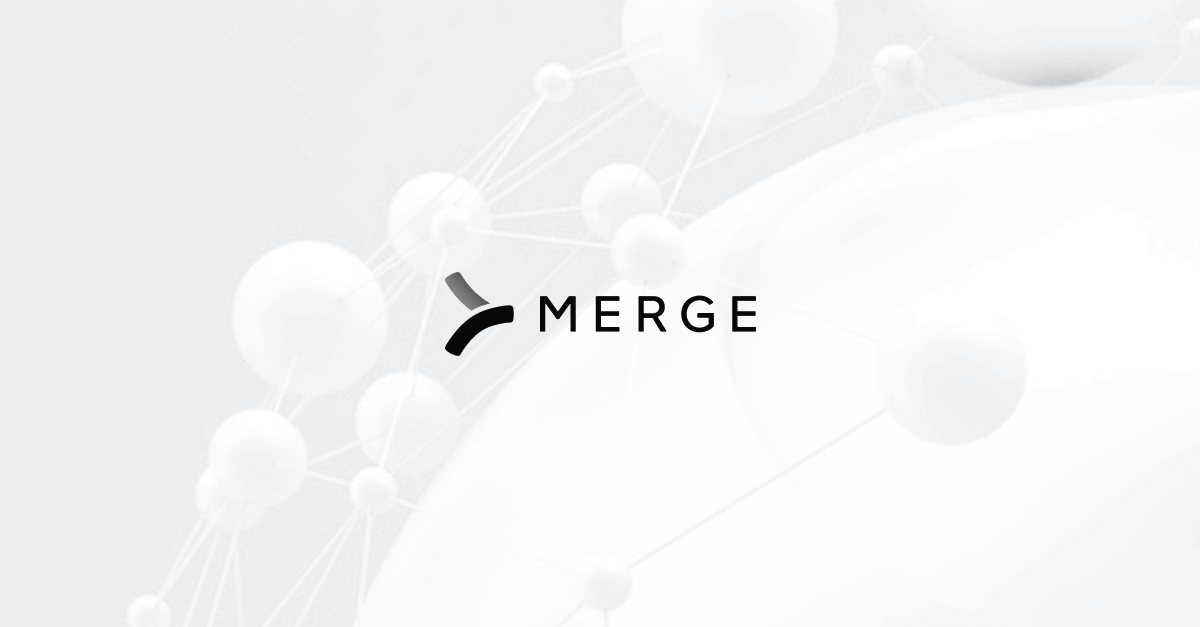Workflow integration: definition, examples, benefits, and tools

As you look to build integrations between your internal applications or between your product and clients’ apps, you likely have to make several difficult decisions.
This includes everything from the integrations that should be prioritized to the tooling you should use.
To help you make the right decisions over time, we’ll break down examples of impactful workflow integrations, the tooling you can use to implement and maintain them, and more. But to get us started, let’s align on the definition of workflow integration.
What is workflow integration?
It’s the process of connecting applications, typically through their APIs, in order to keep specific data in sync. These integrations can either be between the applications your team uses internally or between your product and the 3rd-party applications your prospects and/or clients use.
Related: Definition of software integration
Examples of workflow integration
Let’s break down a few examples of internal and customer-facing workflow integrations.
Store important employee documents in your file storage system automatically
Your HRIS solution (e.g., Workday) likely collects a variety of important employee documents over time, from signed offer letters to performance reviews to completed training certifications to termination notices.
To help you store these documents in your file storage system (e.g., Box) so that they’re kept secure and accessible over time, you can integrate your HRIS with your file storage system and build a sync where any time a document is added or modified in the HRIS, the corresponding changes take place in your file storage application.
Share leads with reps in your business communications platform in near real-time
Research shows that the sooner you respond to a lead, the better your chances are of converting them into a client.
To help facilitate a fast “speed-to-lead”, you can integrate your CRM (e.g., Salesforce) with you business communications platform (e.g., Slack) and build a workflow where once a lead is added in the former, a notification automatically gets delivered to the assigned rep in Slack.
The notification can include key details on the lead, such as their full name, job title, employer, reason for submitting the demo request, etc.—ensuring your reps have the context they need to follow-up effectively.
Related: Examples of API integration
Add the candidates your product recommends to clients’ ATS solutions
Say you offer a product that uses a machine learning algorithm to identify and recommend candidates for specific roles.
To help your clients add candidates to their ATS solutions with ease—so that their recruiters can follow-up with them quickly—you can integrate your product with the ATS solutions your clients use and build the following workflow: Once a client approves a candidate in your application, that candidate is automatically created in the client’s ATS. In addition, specific fields are synced over, such as the candidate’s current role, employer, Linkedin profile URL, to help the assigned recruiter reach out confidently and thoughtfully.
Provide intelligent recommendations to clients for improving reps’ productivity
Now let’s imagine that you provide a sales automation solution that—like the previous example—uses a machine learning algorithm to help clients identify ways to make their sales reps more effective.
To help your machine learning algorithm pinpoint meaningful trends that lead to valuable, timely, and personalized recommendations for clients, you can integrate with clients’ CRM systems. Once connected, you can collect data on each rep’s opportunity, from the contacts at these accounts to the activities the rep performs.
Benefits of workflow integration
Let’s break down the benefits of implementing both internal and customer-facing workflow integrations.
Enhances the employee experience
By minimizing manual data entry and allowing employees to access information in the applications they’re already using, they’re able to avoid countless hours of tedious work. This not only helps them improve their work-life balance but it also allows them to dedicate more time towards the work they actually enjoy.
Improves key business metrics
By allowing employees to spend more time on work they value and, as a result, increasing their level of engagement, your organization is also set to benefit.
According to Gallup, engaged employees are likely to be more productive, stay at your company for a longer period, behave more ethically, and even drive higher profits for your business.
Prevents human errors
Data entry isn’t just tedious and unpleasant to perform; it can also lead to mistakes that have significant downstream consequences. For instance, a recruiter can accidentally input the wrong salary and job title in a candidate’s offer letter, leading that candidate to get upset and move forward with another opportunity.
Since workflow integrations streamline a significant share of data entry tasks, your team can—by and large— avoid making mistakes like the one above and dealing with their ramifications.
Related: Benefits of API integrations
Elevates your close rate
By offering the integrations your prospects want, you’re—all else equal—more likely to win their business. Our research from our State of Product Integrations report validates this; nearly 3 in 5 companies that offer customer-facing integrations can correlate improving their close rate for new business with their integrations.
Which leads us to the other benefits of offering product integrations…
Bolsters your customer retention rate
As our examples showed, customer-facing integrations can enhance your product’s value in a range of ways, whether that’s improving your machine learning and AI capabilities or simply allowing clients to access the data they need, when and where they need it.
This additional value should improve customer satisfaction and, in turn, customer retention. It might even lead to more upsell and cross-sell opportunities.
Lets you expand to new markets more easily
Companies across sizes and in specific industries and regions tend to use a specific set of applications for a given category of software. For instance, you might find that prospects in Europe use certain ATS solutions that barely overlap with your prospects based out of North America.
If you can offer integrations with the ATS solutions your target market values, you'll be more likely to achieve product parity with incumbent rivals—or even surpass the appeal of their products in that market—and gain traction.
Workflow integration tools
Assuming you decide to outsource your integrations, you’ll likely look at specific sets of tools for internal and customer-facing integrations.
Tools for internal workflow integrations
You might find yourself choosing between an integration platform as a service (iPaaS), an integration software as a service (iSaaS), and a robotic process automation software (RPA).
The first two approaches allow you to build and maintain integrations at the API-level, which ensures that the integrations are reliable and performant. That said, these platforms can be technically complex, which can force your engineers to manage them. And, given their complexity and their unique UX, your engineers might take a while to get onboarded to them (this is especially true for an iPaaS).
An RPA solution, which allows you to build and manage software scripts (i.e. “bots”), enables you to integrate applications at the user interface-level. This allows you to connect to a wider array of applications—as not all of them offer APIs or the endpoints you need. However, the platform is also technically complex to use, and its integrations can be fairly brittle, which leads them to require significant maintenance over time.
Tools for customer-facing workflow integrations
When it comes to build and maintaining product integrations, you’ll likely decide between an embedded iPaaS—which is an iPaaS that can be bolted onto your product in a variety of ways—and a universal, or unified, API solution, which, which lets you build to a single API to access a whole category of integrations.

An embedded iPaaS—like an iPaaS—requires technical expertise to use. The platform also forces you to build one integration at a time. Taken together, the platform makes it extremely difficult to scale your integration builds. In addition, while the platform offers some management features, these usually fall short of what your team needs to diagnose and resolve integration issues quickly and easily.
A unified API solution, on the other hand, makes it easy to scale your integrations, as a single integration build can lead you to offer hundreds of integrations to clients across key software categories.
Moreover, through Merge, the leading unified API solution, you can provide reliable and easy-to-manage integrations through our integration maintenance support and Integration Observability features.
You can learn more about Merge by scheduling a demo with one of our integration experts.







.svg)



